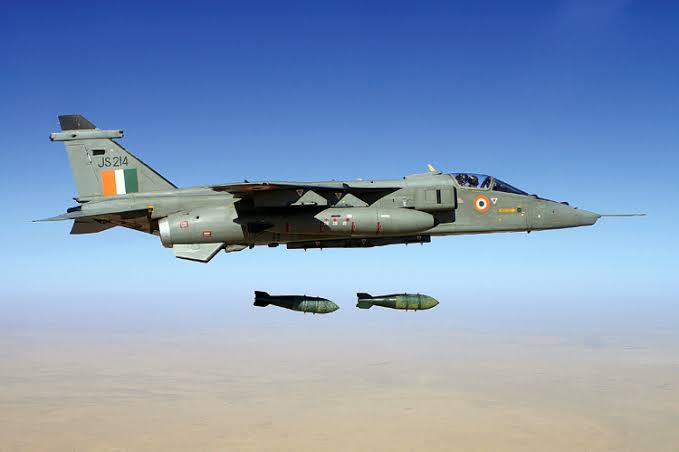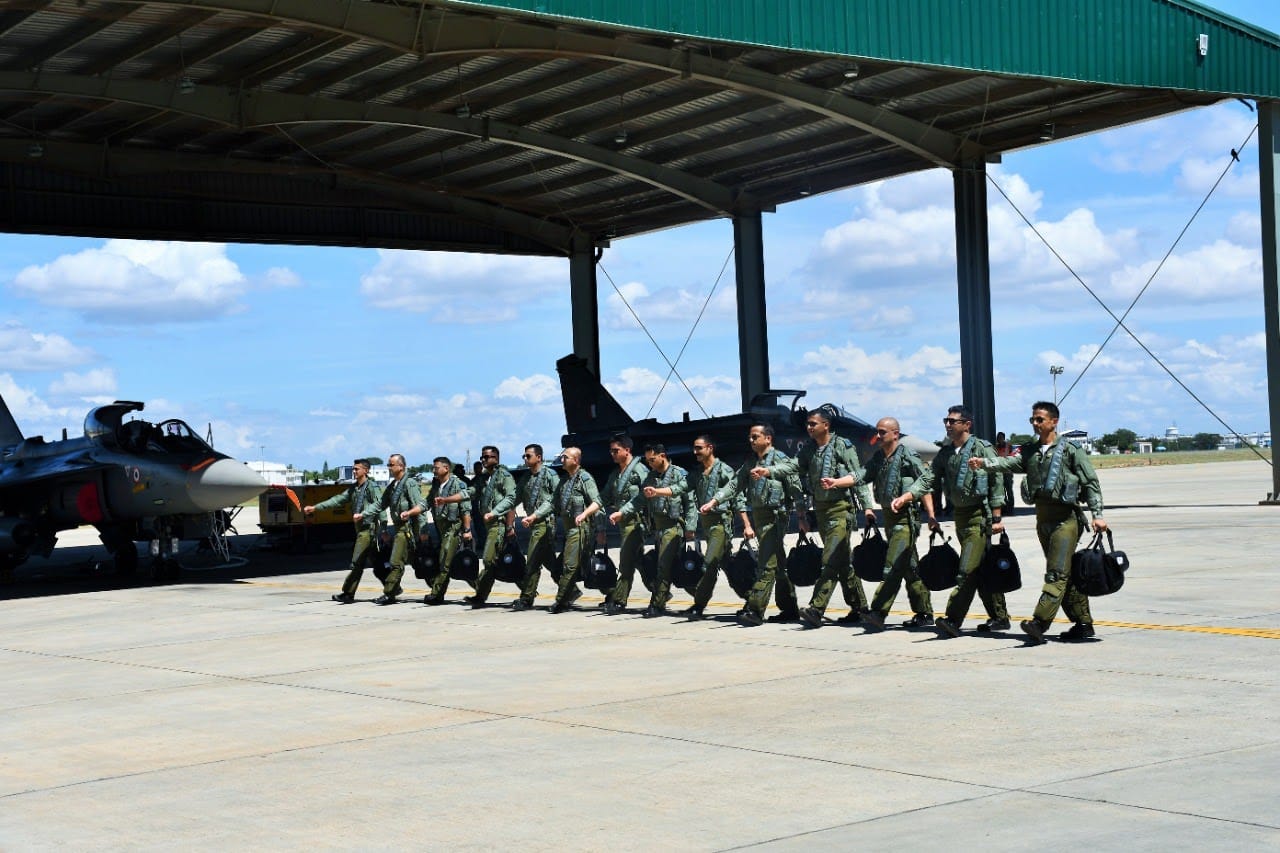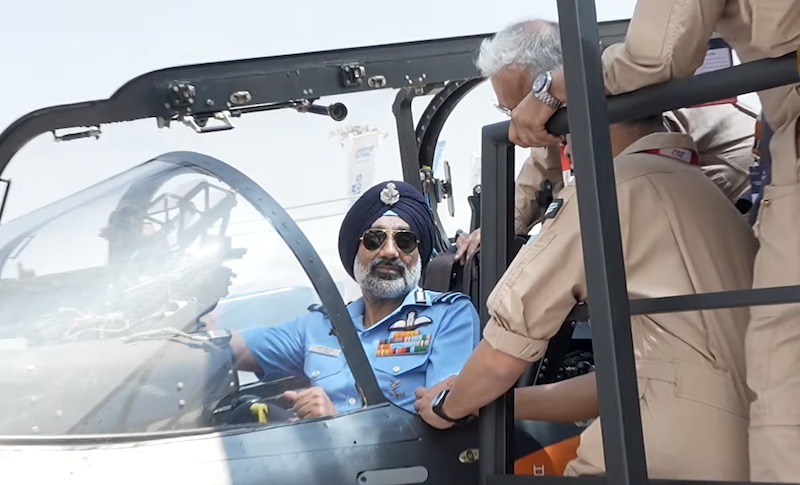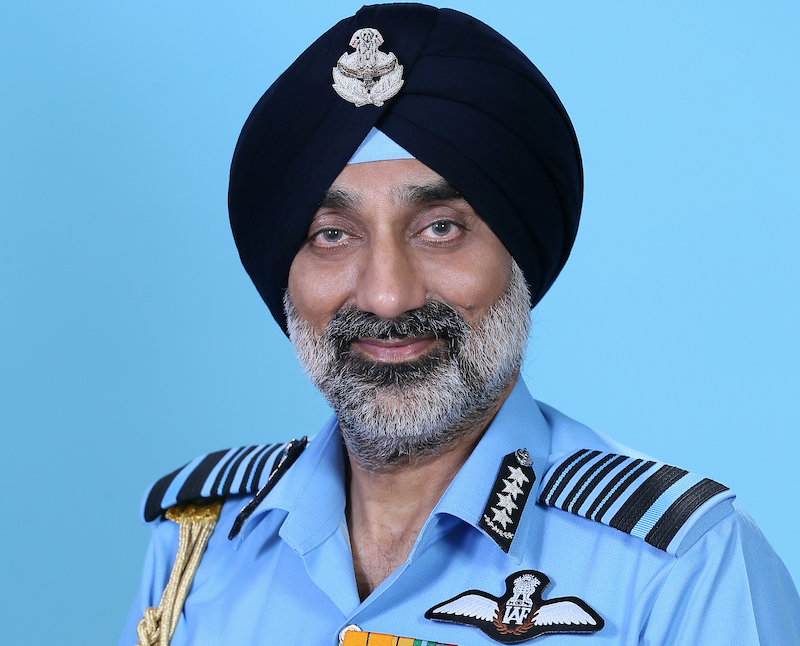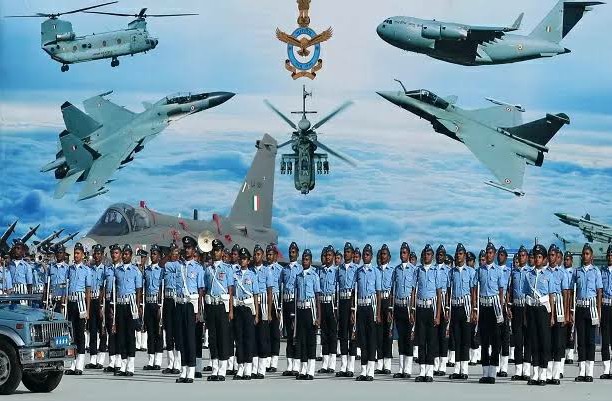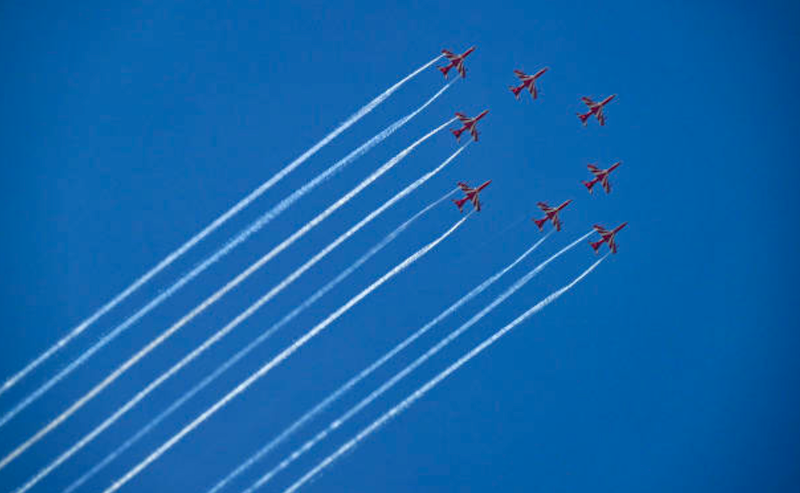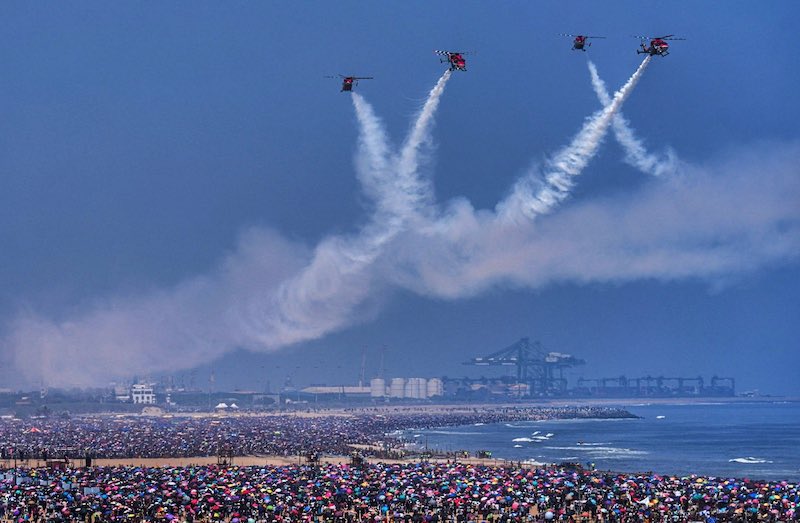 An Indian Air Force MiG-21. (File photo)
An Indian Air Force MiG-21. (File photo)
New Delhi: The Indian Air Force has grounded all its remaining MiG-21 fighter jets, India Sentinels has learned. This development comes within days of a MiG-21 crash in Rajasthan’s Hanumangarh district. The crash had killed three people on the ground while the pilot ejected safely with some injuries.
An IAF source said, “The MiG-21 Bison aircraft will not be in operation till checks and procedures are completed. It has gone for one-time checks.” He further added, “After the May 8 crash [in Rajasthan’s Hanumangarh], investigation is underway to ascertain the reason of the accident.”
There are three MiG-21 squadrons in service with a total of just over 31 upgraded versions of the fighter in the IAF. They are slated to be phased out by 2024-25. The grounding of the Soviet-era MiG-21s at this stage effectively means that the fighter may never be able to serve the IAF again. This is because the evaluation and certification of airworthiness of the remaining fighters would take longer than the time they go into retirement.
MiG-21 and Indian Air Force
The Mikoyan-Gurevich MiG-21 (Nato reporting name: Fishbed) is a supersonic fighter and interceptor. It was designed by the Mikoyan-Gurevich Design Bureau in the erstwhile Soviet Union. The MiG-21 undertook its first flight in 1955 and was introduced in the Soviet air forces in 1959.
It entered service with the Indian Air Force in 1964 after the IAF opted for the fighter in 1961 over several western fighters that were on offer. As a part of the deal, Moscow offered New Delhi full transfer of technology and rights to assemble them in India.
At that time, the fighter was considered to be one of the best among those operated by the top air forces of the world. India inducted several hundred MiG-21s after it entered service with the IAF. The fighter played a key role in the 1965 and the 1971 war with Pakistan.
The fighter took part in the Kargil war, in 1999, as a part of Operation Safed Sagar. In that campaign, one MiG-21 was shot down and its pilot, Squadron Leader Ajay Ahuja, was executed by Pakistani soldiers after Ahuja ejected and landed on Pakistan-controlled territory in Kashmir.
Soon after the Kargil war, on August 10, 1999, two MiG-21s taking off from Gujarat’s Naliya airbase intercepted a Pakistani navy Breguet Atlantic reconnaissance aircraft that failed to respond to calls in line with international protocols when it approached the Indian airspace. One of the MiG-21s, piloted by Squadron Leader Prashant Kumar Bundela, shot down the Pakistani aircraft killing all five officers, including its pilots, and 11 sailors and soldiers on board.
Pakistan took India to the International Court of Justice at The Hague over the incident, which was later dubbed as the “Atlantique Incident”, but lost the case.
More recently, Wing Commander (now Group Captain) Abhinandan Varthaman is credited with shooting down a US-made Pakistani F-16 with his MiG-21 during the Pakistani air force’s raid in Kashmir in response to India’s bombing of a terrorist camp in Pakistan’s Balakot, in February 2019.
MiG-21 safety record, criticism, and need for prolonged service
Nonetheless, the fighter had a very poor safety record. The fighter’s high crash rate gained so much notoriety in the country that it was dubbed as “Flying Coffin” and “Widow Maker” by some sections of the population. According to some reports, around 200 pilots were killed in around 400 MiG-21 crashes over the years. These crashes have also killed over 50 civilians on the ground. Due to this, there have been longstanding calls for withdrawing this fighter from service.
However, those who flew the jet swear by its safety and take umbrage to people calling it “Flying Coffin” or “Widow Maker”. Also, until a few years ago, the very best of the IAF pilots were entrusted to fly the warplane. Flying a MiG-21 was considered the most prestigious flying job in the service.
The fighter remained in service for nearly 60 years because the IAF introduced hundreds of it into the force, thus forming the backbone of its combat fleet. To maintain squadron strength due to notoriously slow introduction of newer fighters, the MiG-21 carried on being the mainstay of the IAF’s combat fleet. This began to change in the late 1990s when the IAF started introducing the Sukhoi-30MKIs to the fleet. In the recent years, the IAF has also introduced the indigenously built Tejas light combat aircraft (LCA) and the French Rafale jets into its combat fleet.
Despite this, the phasing out of older fighters, like the MiG-23s, MiG-27s, and older MiG-21s, had outpaced the introduction of the newer fighters. Currently, there are around 31 squadrons in the IAF against a sanctioned strength of 42. This slide is going to continue for years to come.
Earlier this year, the IAF told the parliamentary standing committee on defence that its fighter squadron strength will dip to dangerously low levels by 2030 unless steps are taken to procure medium role fighter aircraft supplies of the Tejas LCA and Tejas MK1A are ensured in a timely manner.
Technically, the MiG-21 can yet fly again for the IAF. However, it looks highly unlikely, at this moment, thus ending a glorious, long, yet controversial record in service.


